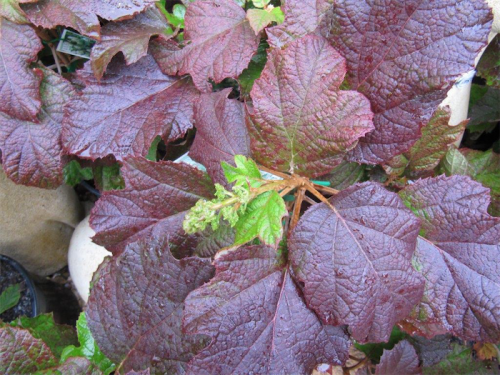

The important criteria is their suitability for growing in this area. They need to survive the extremes of heat and cold and everything in between and there are many plants discussed in garden magazines or on TV garden shows that definitely don’t fit into this category.
One such plant fits all the criteria, namely Persicaria, with more than 150 species growing around the globe. Persicaria has been growing in British gardens since before the 1400s and has been used for medicinal purposes since that time.
Persicaria are not well-known here, but one variety being sold locally, Persicaria affinis, has now been added to our garden. This variety hails from the Himalayas region from Afghanistan to Nepal.
With a height to about 20 centimetres and a 60-centimetre spread, it’s an ideal ground cover. The flower spikes range from pale pink to rose red from mid-summer to well into autumn. The leaves of this perennial are green in summer changing to delightful russet shades in late autumn. A “Country Life” magazine article describes Persicaria affinis as “a durable oriental carpet of incomparable decorative value”.
“ARE Your Garden Plants Going Bush?” is the title of a pamphlet produced by the ACT government and I recommend it. While not listed in the ACT as an environmental weed, agapanthus is considered to be one in areas such as the Blue Mountains National Park. Agapanthus is super tough, thriving in hot summers with a minimal amount of water, often seen lining long driveways on country properties.
While the common variety has blue flowers, there are others ranging from white to purple. Due to the mass of seeds produced and easily spread with wind once dry, it’s recommended that after flowering to cut the stalk to ground level to prevent plants from spreading seeds into perhaps nearby bush or parkland. I noticed some large groups in Glebe Park that are now ready for such treatment.

DISCUSSING hydrangeas recently, I overlooked mentioning Hydrangea quercifolia or oak-leaf hydrangea with the huge distinctive leaves. Now the equally huge flowers have finished flowering and the leaves are just starting to turn to the most stunning autumn colours. It needs room to grow; certainly ours have grown to 1.5m tall with a similar spread. It is extremely hardy and in mid-winter it can be given a good, hard prune. I prune ours back to about 50 centimetres high.
A TIMELY autumn reminder: remove plastic timers from taps for watering systems before Jack Frost strikes. The timers usually have some residual water that freezes and cracks the plastic body. Likewise, remove sprinklers from the end of hoses and roll the hose up after use and store under cover.
GARDENS have been desperate for rain for the last two months; tap water is just not the same. Looking back over weather bureau figures since 1870, there have been only about 10 years when local rainfall exceeded 100 millimetres for February. Before the downpour on Sunday, February 25, only 2.4 millimetres had been recorded for the month. However, our prayers were answered with 117 millimetres registered in our garden in 24 hours. Wow!
Jottings…
- Frosts can arrive unexpectedly at any time now. So while I recommend autumn planting for most shrubs, leave planting of citrus until late spring.
- A planting reminder, when planting hedges dig a trench rather than individual holes. The roots will develop sooner for quicker growth.
- Time to cut back the strappy leaves of Iris unguicularis or winter-flowering iris to within two centimetres of its life, allowing the sun to penetrate deep down for flower formation.
Who can be trusted?
In a world of spin and confusion, there’s never been a more important time to support independent journalism in Canberra.
If you trust our work online and want to enforce the power of independent voices, I invite you to make a small contribution.
Every dollar of support is invested back into our journalism to help keep citynews.com.au strong and free.
Thank you,
Ian Meikle, editor




Leave a Reply